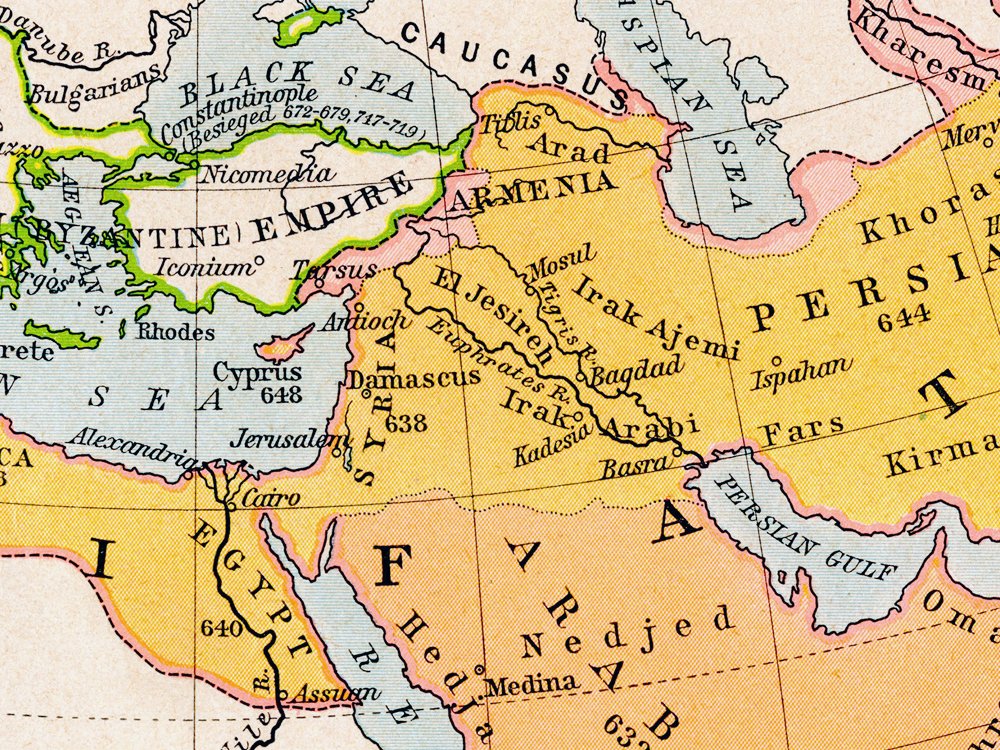Photo Story: Here's How the Mongols Reshaped Assyria
Source: The Califate at 750 by Sheperd, William R.; Historical Atlas; New York: Henry Holt and Company, 1911. 53.
In 1258, the city of Baghdād fell to the Mongol ruler Hūlāgū Khān and his army. The Mongols, an ethnic group from Central Asia, looted and destroyed the city’s mosques, palaces, and centres of learning.
The capture of Baghdād not only ended the ʿAbbāsid Caliphate but also reshaped Assyria’s religious and social structures. While Hūlāgū did not himself profess Christianity— his chief wife, Doquz Khātūn, as well as several members of his court were devout adherents of the Church of the East.
Through the influence of his wife, Hūlāgū extended significant freedoms and protections to the local Christian population in Mesopotamia. The empire’s Muslim population, on the other hand, resented what they saw as the Mongols’ prejudicial policy toward them.
This led to growing Muslim hostilities toward their Christian counterparts. In Assyria, known as the province of al-Jazīrah during this time, Christian Assyrians were subjected to continuous abuses at the hands of local warlords.
During the reign of Maḥmūd Ghāzān, the Mongols officially embraced Islam. By the late fourteenth- and early fifteenth century, Timūr-Lang, a Turco-Mongol conqueror, led several campaigns against non-Muslims forcing many Christians in Central Asia to embrace Islam.
The Church of the East as well as the Syriac Orthodox Church were thus reduced to a small fraction of their former self. Writing in the thirteenth century, Mār Gīgōrīyōs bar ʾEḇrāyā (c. 1226–1286), better known as Bar Hebraeus, reports that the Mongols appointed princes in each of the conquered territories, one of which being Assyria.
-
Following the Islamic conquest in the mid seventh century, the place name Assyria came to represent Upper Mesopotamia. Muslim rulers referred to this region as al-Jazīrah “the island”, by virtue of it being between the Euphrates and Tigris Rivers. According to early geoographers, this region was also known as Āthūr “Assyria”, Jazīrat Āthūr “Island of Assyria” or Iqlīm Āthūr “Province of Assyria”.

